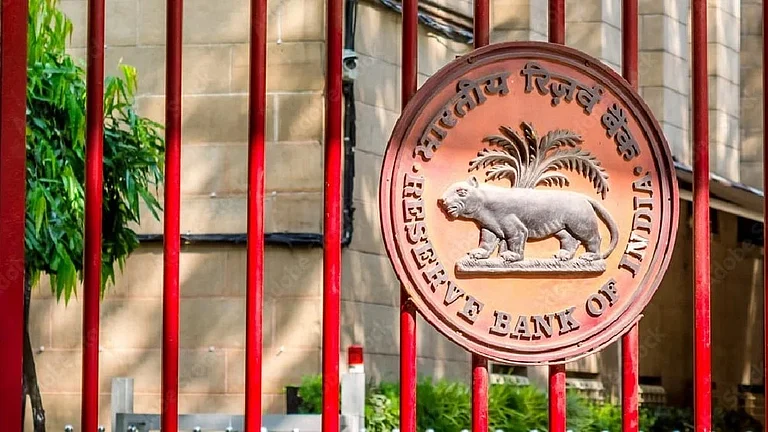
Summary of this article
The RBI kept interest rates unchanged in its latest policy review, maintaining a neutral stance on future cuts.
While inflation for 2025-26 was revised down to 3.1%, projections for early 2026 show a rise above the 4% target. GDP growth is still expected at 6.5%.
This suggests the 50 bps rate cut in June may be the last in this cycle, with only a slim chance of one more cut.
Loan and deposit rates are likely to stay steady for now.
The Reserve Bank of India (RBI) Monetary Policy Committee (MPC) met today to review the economic backdrop and decide on interest rates. Inflation is soft, at 2.1 per cent in June 2025. In the previous policy review on 6 June 2025, the repo rate was cut by 50 basis points (0.5 per cent), which was higher than market expectations.
From that perspective, the chances of another rate cut today were on the lower side. Moreover, in the previous review, stance was changed from accommodative to neutral. The implication is that the RBI Monetary Policy Committee (MPC) would cut rates only when warranted.
Announcements today
Rates were maintained, but there were certain tweaks in the projection of economic variables. CPI inflation for the current year, 2025-26, was 3.7 per cent, as in the previous review on 6 June 2025. Today, the projection was reduced to 3.1 per cent. This is a significant reduction. One would tend to think, if inflation is that much lower, and well below the target of 4 per cent, why not cut rates? The devil is in the detail. Inflation projection for January-March 2026 is 4.4 per cent. It was announced today that the projection for April-June 2026 is 4.9 per cent. That is, in the first half of calendar 2026, inflation is expected to be 4.7 per cent. This is palpably higher than the target of 4 per cent. When inflation is low in a year, like in 2025, it creates a low base that leads to higher inflation next year, likely in 2026.
GDP growth rate projection for 2025-26 was maintained at 6.5 per cent, as in the previous review on 6 June 2025. The implication is, there is no downward revision, at least as of now, in the face of US tariff tantrums. If it were revised downwards, it would have been a reason to expect rate cuts, either today or going forward.
Future expectations
Going by the announcements and the tonality, there is more than 50 per cent chance that the last rate cut of this cycle happened on 6 June 2025. As we progress through the financial year, we will be staring at potentially higher inflation. Having said that, there is a chance, less than 50 per cent, of one more rate cut of 25 basis points (0.25 per cent). If it were to happen, what would drive it? One is a negative surprise on GDP growth. Given the geopolitical issues going on and potentially lower exports going forward, GDP growth may be impacted, resulting in less than 6.5 per cent growth. The other is, if there is a positive surprise on inflation. As of now, we have the projection for only one quarter, April-June 2026, for the next financial year. If the likelihood for the entire of 2026-27 is lower than 4.9 per cent, say just above the target of 4 per cent, that may give some ground for supporting GDP growth through lower interest rates.
Impact
For home loan borrowers, or other loan customers, there is less likelihood of interest rates coming down further. Only fixed rate borrowers can expect some more reduction on the basis of rate cuts done earlier, till June 2025. Fixed rate loans work on the basis of marginal-cost-based-lending rate (MCLR), which takes time to reset. For depositors, rates have been coming down for some time, that seems to be coming to an end now.
Conclusion
The next review meeting of the RBI MPC is scheduled for 1 October 2025. As mentioned earlier, there is a chance, though less than 50 per cent, of one more rate reduction. If not, the market will look at the changes in projections (inflation, growth) and other clues on probability of future rate cut(s). Markets, both equity and bonds, have priced in the scenario of no further rate cuts.
The writer is a corporate trainer (financial markets) and author.
(Disclaimer: Views expressed are the author’s own, and Outlook Money does not necessarily subscribe to them. Outlook Money shall not be responsible for any damage caused to any person/organisation directly or indirectly.)














